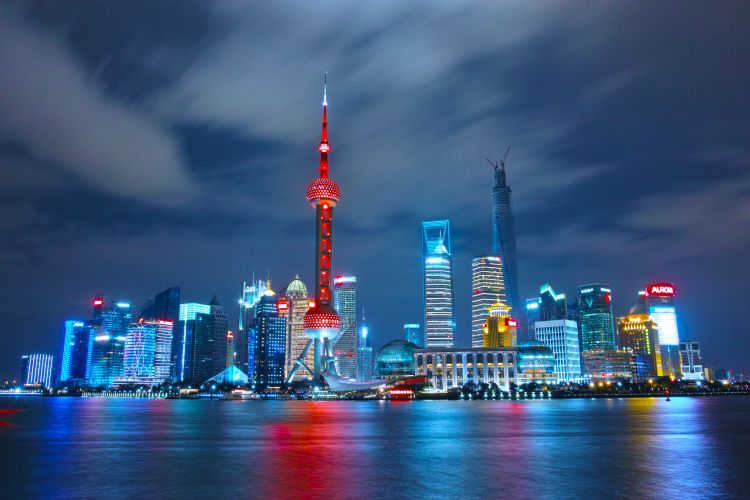
The Chinese economy has encountered a series of challenges in recent years that have raised concerns about its future trajectory. From President Xi Jinping’s pronouncements last week on deeper reforms and economic recovery to the unsettling signs of a manufacturing slowdown and demographic shifts, the situation presents a complex picture.
President Xi Jinping conveyed a strong sense of optimism about China’s economic future. His emphasis on deepening reforms, boosting confidence, and focusing on education and technology suggests a strategic roadmap for recovery and long-term growth. However, this optimistic stance is somewhat at odds with the ground realities of China’s manufacturing sector, which has experienced a contraction for three consecutive months as of December. The falling official purchasing managers’ index (PMI) signals weak demand and a sluggish recovery, raising questions about the effectiveness of the government’s stimulus measures in the post-pandemic era.
READ | Big tech, big money: Why India needs a fair play code for news
Challenges for Chinese economy
The government’s response to economic sluggishness includes increased spending on infrastructure, rate cuts, and easing of home-buying curbs. These actions are aimed at stimulating domestic demand, which is essential for sustainable growth. Xi’s claim of a smooth transition post-pandemic and the resilience of the Chinese economy strikes a hopeful note. However, the global downturn in demand for manufactured goods and the internal challenges posed by an over-reliance on exports for growth underscore the need for a more balanced and internally driven economic model.
Looming over China’s economic future is the shadow of escalating geopolitical tensions, particularly with the United States. The trade war and decoupling efforts have already disrupted supply chains, hampered technology transfers, and dampened investment confidence. While China seeks to diversify its trade partnerships, navigating this fraught geopolitical landscape adds a layer of uncertainty to its growth projections. Ignoring the potential economic fallout of these tensions risks underestimating the challenges China faces in achieving its ambitious goals.
Perhaps the most daunting challenge facing China is the shifting demographic pattern. The record-low birth rate and the ageing population are set to have profound implications for the economy. A shrinking labour force, particularly in manufacturing, and rising labour costs could undermine China’s competitive edge in the global market. The demographic issue extends beyond immediate economic concerns, potentially affecting China’s long-term productivity and innovation capacity.
The post-COVID recovery has not been as robust as anticipated. The reluctance of consumers to spend, the cautious stance of foreign investors, and the challenges in the property sector point to deeper structural issues. China’s high investment rate, coupled with concerns about the productivity of this investment, mirrors some of the problems Japan faced before its lost decades. The dilemma between taking on more debt for growth or embracing slower growth for structural reform is a critical one.
Beyond the immediate economic challenges, China’s commitment to carbon neutrality by 2060 presents both opportunities and obstacles. Decarbonising the economy will require significant investments in clean energy and green technologies, potentially creating new industries and jobs. However, it also entails transitioning away from traditional energy-intensive sectors, which could lead to job losses and social unrest. Balancing rapid growth with environmental sustainability demands a carefully calibrated approach that acknowledges the potential economic implications of this ambitious goal.
2024 outlook and tough choices
Looking ahead to 2024, China’s projected growth rate of around 5%, while commendable in a global context, masks underlying vulnerabilities. The high youth unemployment rate, the reliance on an over-leveraged property sector, and the need for structural reforms are pressing issues. The choice between growth and reform is a difficult one, with significant implications for social stability and long-term economic health.
While President Xi Jinping’s vision of reform and long-term development is encouraging, China faces a complex array of challenges. The contraction in manufacturing, demographic shifts, and the need for structural reforms point to a challenging road ahead. The Chinese economy’s ability to navigate these issues will depend on the government’s capacity to balance short-term growth with long-term structural adjustments. The path forward will require not just economic reforms but also a rethinking of China’s growth model in an evolving global context.
While Chinese economy’s strength remains undeniable, navigating the treacherous path ahead requires acknowledging the full spectrum of challenges. Ignoring geopolitical hurdles and environmental imperatives paints an incomplete picture, potentially misinforming policy decisions and hindering long-term success. By comprehensively understanding the multifaceted forces shaping its trajectory, China can hope to chart a sustainable and resilient course for its future.
